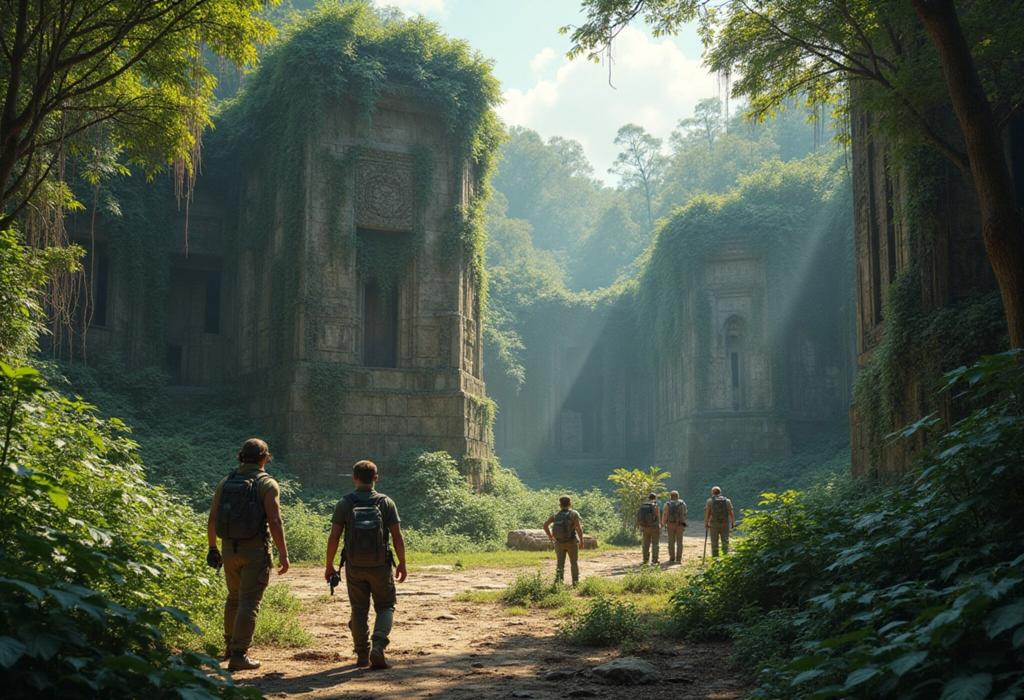For more details on this content, please review the step-by-step guide and frequently asked questions.
Ancient Settlements and Their Narratives

Step-by-Step Guide
Understanding Ancient Settlements
Ancient settlements are communities where people have lived in the past, often marked by unique geographical features or resources. They offer a glimpse into early human civilization, their way of life, social structures, and cultures.
Identifying Key Characteristics
Key characteristics of ancient settlements include their geographical location, architectural designs, cultural artifacts, and agricultural practices. Settlements were often located near rivers or fertile land to support agriculture and trade.
Exploring Major Ancient Settlements
Some of the world’s most significant ancient settlements include Mesopotamia, the Indus Valley, Ancient Egypt, the Maya civilization, and Ancient Greece. Each had unique contributions to human history.
Mesopotamia: The Cradle of Civilization
Located between the Tigris and Euphrates rivers, Mesopotamia is known for establishing one of the first writing systems (cuneiform) and developing early laws, city planning, and significant advancements in mathematics.
Indus Valley Civilization
The Indus Valley, located in present-day Pakistan and northwest India, featured advanced urban planning, drainage systems, and trade networks. Cities like Harappa and Mohenjo-Daro were remarkable for their architecture and craftsmanship.
Ancient Egypt: The Gift of the Nile
Ancient Egypt thrived due to the Nile River, which provided water and fertile soil. The civilization is famous for its pyramids, hieroglyphic writing, and contributions to art and medicine.
The Maya Civilization
Spread across present-day Mexico and Central America, the Maya civilization is noted for its complex societies, sophisticated astronomical knowledge, and contributions to writing and architecture.
Ancient Greece: A Cultural Beacon
Ancient Greece laid the foundations for Western culture, known for its philosophy, democracy, and art. The city-states, such as Athens and Sparta, played significant roles in its development.
The Role of Agriculture
Agriculture was a pivotal aspect in the formation of ancient settlements. It allowed societies to transition from nomadic lifestyles to permanent living, leading to population growth and the establishment of complex social structures.
Cultural Practices and Beliefs
Understanding the cultural practices, religions, and traditions of these settlements enriches our knowledge of how ancient peoples interacted, governed themselves, and influenced future generations.
Trade Networks and Economy
Ancient settlements established trade routes, facilitating the exchange of goods, ideas, and technologies. This interconnectedness fostered economic growth and cultural exchange.
Archaeological Discoveries
Archaeology plays a crucial role in uncovering the narratives of ancient settlements. Excavations reveal artifacts, structures, and writings that provide insights into daily life and societal norms.
Analysis of Artifacts
Artifacts such as pottery, tools, and remains of structures are vital for understanding the technological advancements and artistic expressions of ancient societies.
The Importance of Oral Histories
Many settlements relied on oral histories to pass down narratives. These stories often reflect the values and beliefs of communities and provide context to archaeological findings.
Environmental Influences
The geographical environment significantly influenced the selection and sustainability of ancient settlements. Factors like climate, topography, and water sources shaped societal development.
Social Hierarchies and Governance
Understanding how governance systems were structured in ancient settlements aids in analyzing social hierarchies and power dynamics, often reflected in artifacts and written records.
Preservation of Ancient Narratives
Conserving ancient sites and artifacts is critical for maintaining the narratives of these settlements. Organizations and researchers work tirelessly to protect and study these monumental legacies.
Comparative Analysis
Comparing narratives across different ancient settlements can reveal common themes and unique traits, contributing to a more holistic understanding of human civilization.
Modern Implications
Understanding ancient settlements serves as a reminder of human resilience and adaptation, offering lessons on sustainability, community building, and the importance of cultural heritage.
Engaging with Ancient Histories
Engage with these narratives through various means: visit archaeological sites, museums, or read literature that encompasses these histories. Embrace learning as a continuous journey that links the past and present.








